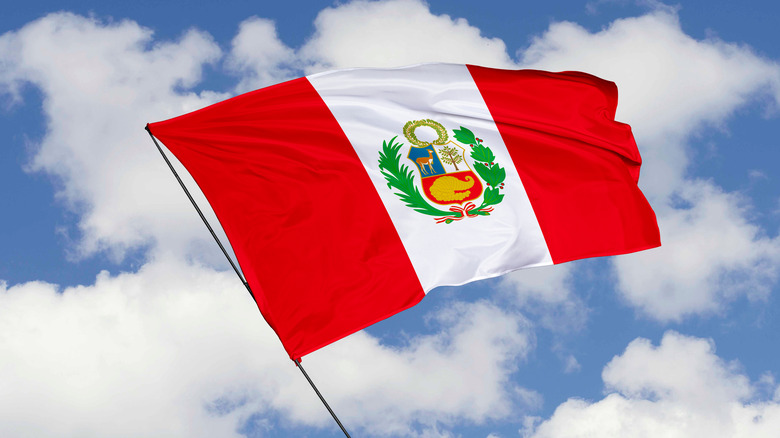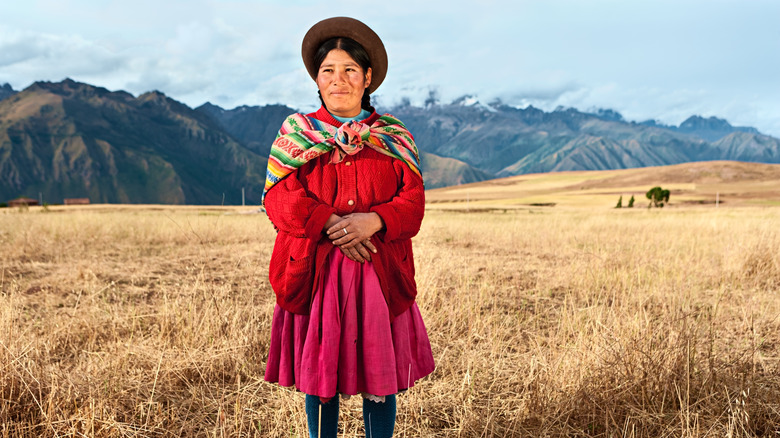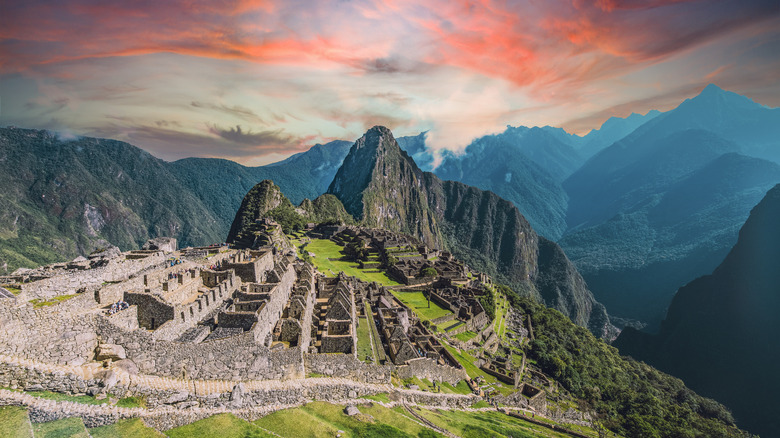Destinations Central and South America
Matt Berry
While Machu Picchu and other ancient Incan ruins make Peru a bucket-list destination for many, Peru is the fourth-most populous country in South America and much more than its ancient history. From Lima’s gastronomical acclaim and the architecture of colonial Spanish villages to the cloud-covered Andes, dense Peruvian rainforests, and exquisite coastal deserts, Peru is a travel destination filled with natural and cultural wonders.
Peru is a fascinating place with plenty of appeal. However, in recent years, overtourism at popular sites, such as Machu Picchu, along with generally bad tourist behavior, has frayed the country’s relationship with international tourism, even leading to policy changes and arrests in some cases. Although tourism is an important part of the country’s economy, tourism shouldn’t erode Peru’s natural beauty or exploit Peruvian culture.
If you’re planning an upcoming trip to Peru, there are a few ways to be a considerate tourist. Researching Peru before arriving, adhering to local etiquette, and exploring the country respectfully can create a more enriching, immersive experience.
Research Peru before arriving

Tatohra/Shutterstock
When traveling to a new place, it’s always a good idea to research local customs and the current political situation before arriving. Peru has recently experienced political and social upheaval, which has included daily protests in parts of the country. In fact, the Inca Trail, access to Machu Picchu, and many airports were temporarily closed.
While things seem to be improving, it’s important to realize that Peru — much like other parts of the world — has a political history of violent military coups, dictatorships, and violence. There are parts of Peru’s history, as well as aspects of its current situation, that may be incredibly sensitive topics to locals, so it’s helpful to be informed, which allows you to be tactful if topics arise.
In less consequential terms, Peru also has a few interesting customs and cultural norms to know. For example, it’s common to pass a big bottle of beer around a group (a fun cultural oddity), chewing coca leaves isn’t drug use (can actually help altitude sickness), and asking about marital status is considered a polite icebreaker. Outside of touristy areas, English isn’t widely spoken, so knowing a few Spanish phrases will enhance your overall experience. If you’re traveling to the High Andes, you may also want to learn a few phrases of Quechua, an ancient Incan language still spoken by many in Peru.
Machu Picchu is more than a tourist attraction

Hadynyah/Getty Images
Machu Picchu is the most-visited tourist destination in Peru. Set in the dramatic landscape of the Amazon rainforest and the Peruvian Andes, Machu Picchu is certainly a worthy bucket-list attraction. However, years of overtourism have led to recent policy changes. For example, tourists must now be led by a guide, and the site only welcomes a limited number of daily visitors.
Along with adhering to these new regulations, it’s proper etiquette to stay on marked trails, avoid touching the ruins, and behave respectfully. Unfortunately, in the world of social media, visitors have increasingly acted improperly (or illegally) in recent years to create shareable pictures or videos. It’s important to consider that Machu Picchu is a sacred site for the Incas and not merely a photo opportunity for tourists.
After a series of incidents, according to the Daily Star, the Head of the Archaeological Park of Machu Picchu, Jose Bastante, told local reporters: “We must understand that this is a sacred space, this is Machu Picchu, not Disneyland.” And this Disneyfication of real-world situations can also apply to people.
In Peru, around half the population is Amerindian, or indígenas, and respecting locals when visiting Machu Picchu may be the most important way to be a considerate tourist. Indigenous populations are known for their bright, colorful Andean clothing, which includes embroidered skirts and traditional hats. While you’ll be tempted to snap photos, it’s also pretty rude. Simply be considerate and ask first.

